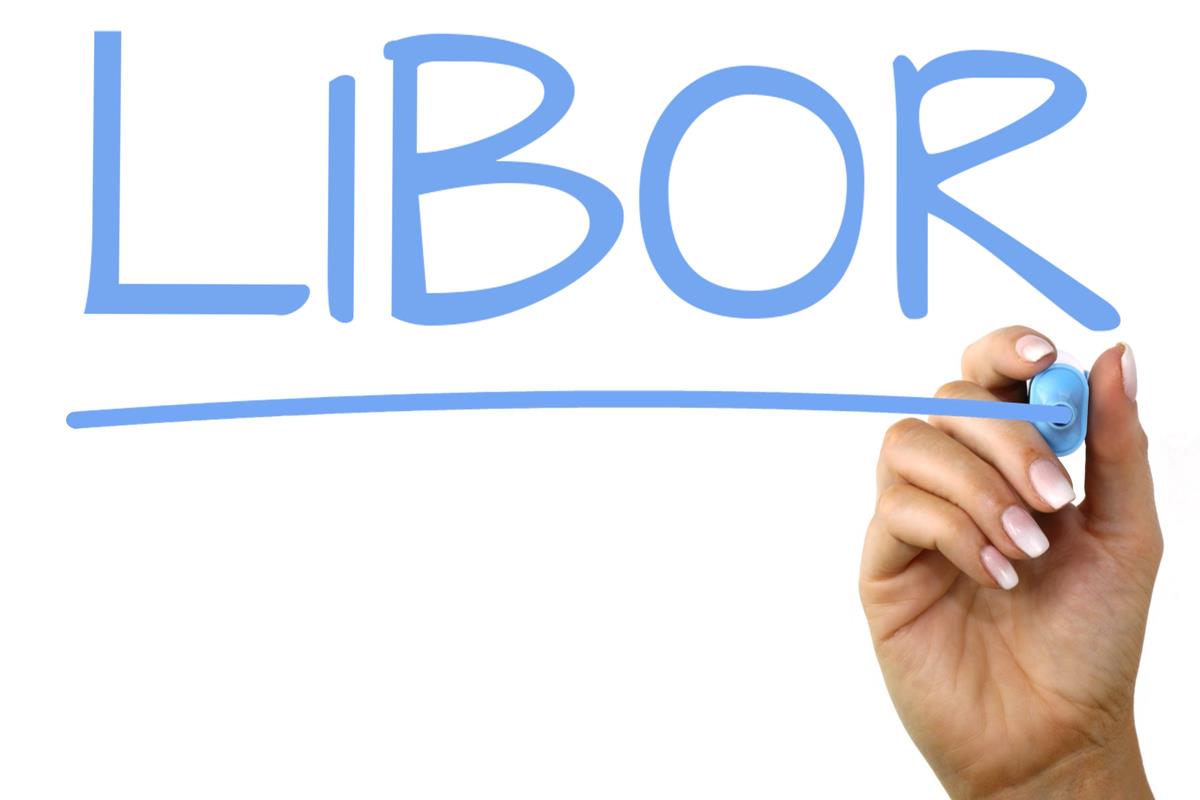
LIBOR was one of the most important financial numbers in the world and it is being discontinued. This article explains what is LIBOR and why is it going away in a simplified way.
What is LIBOR?
It is the London Inter-Bank Offered Rate
It is the interest rate at which major banks in the world lend to one another.
It is important as it has been one of the main benchmarks used in the financial markets to set interest rates on various financial products. (To illustrate- your home loan can have an interest rate of LIBOR + 2 %. It implies that the rate will fluctuate based on the LIBOR rate)
It once underpinned more than $300 trillion in financial contracts.
How is LIBOR calculated?
Every morning banks estimate how much interest it will have to pay to borrow money from other banks
It submits its estimates.
Once all banks have submitted, the highest and the lowest 25 % figures are eliminated to remove extreme values and the remaining figures are averaged to find out LIBOR. [This kind of averaging is known as Trimmed average]
LIBOR was calculated for 5 currencies (US Dollars, UK Pound, European Euro, Swiss Franc, Japanese Yen) and for 7 different maturities (overnight, 1 week, 1 month, 2 months, 3 months, 6 months, and 12 months). So, a total of 35 (5 multiplied by 7) LIBOR rates were published daily.
There was a designated panel of banks for each individual rate. USD 3-months LIBOR was the most popular rate
It has to be noted that LIBOR is not based on actual borrowings, but on estimates. Hence, it is susceptible to manipulation.
This process was first introduced by British Bankers’ Association (BBA) in 1976 and BBA administered LIBOR till 2014
In 2014, the Intercontinental Exchange (ICE) group took over the administration.
Why is LIBOR being discontinued?
In 2012, it came to light that at least 15 banks underreported their borrowing rates during the financial crisis of 2008, so as to create an impression that their bank was in good shape and they were able to borrow cheaply from other banks. These banks were either acting individually or in collusion with other banks
If banks pay a lower interest rate on their borrowings, it means that the bank is credit-worthy. [LIBOR is also an indicator of the health of the entire banking system]
During the crisis, banks were not willing to lend to each other and they charged higher interest rates on their loans
Even prior to the 2008 crisis, banks used to submit interest rates based on their positions in derivatives. (which used LIBOR as the reference).
LIBOR began to be described as the ‘rate at which banks do not lend to each other ‘.
In 2017, the British Authorities decided to phase out LIBOR. From 1st January 2022, publications of most LIBOR rates (24 out of 35) ended. And as of this date, LIBOR cannot be used as a reference rate for new deals.
LIBOR will be completely phased out by June 30, 2023.
What is replacing LIBOR rate?
The markets have to transition to alternate rates which are based on actual transactions. All new transactions will be referenced to the new benchmark from 1st January 2022
Countries have come up with their own benchmarks. The US has opted for Secured Overnight Financing Rate (SOFR). The UK has moved towards Sterling Overnight Index Average (SONIA)
Canada is moving to the Canadian Dollar Offered Rate; Australia to Bank Bill Swap Rate (or BBSW) and the Eurosystem to Euro Short Term Rate (ESTER). The International Organisation of Securities Commissions (IOSCO) and Financial Stability Board (FSB) are coordinating these efforts at the global level.
Many Indian banks use the US SOFR as the referencing rate.
India also has Mumbai Inter-bank offer rate (MIBOR)
This transition from LIBOR to alternate reference rates like SOFR, SONIA, etc is a major financial event. Large banks have been preparing for this for years, but smaller institutions are in different stages of preparedness. Some of them have not updated their systems as of yet.
Economyria is now on Telegram. For a simplified analysis of topics related to economy/ business/ finance, subscribe to Economyria on Telegram
Thank you